Jab Planter
A jab planter is a hand instrument used by small-scale farmers to make a planting hole (the jab) and then drop a seed into it (the planting).
Key Features:
- Both are time-tested designs
- Planting depth is adjustable
- Seed quantity is adjustable
- Soil must be a little loose
- Not for sod, packed soil, or film
- Both are meant for large areas
- Dual only: Side-dress at 3″ away
- Dual only: Fertilizer is adjustable
Benefits of Jab Planters
- Low-cost, light-weight, and simple-to-use.
- The use of a jab planter saves a lot of time and effort.
- Weed germination is decreased with direct sowing by the jab planter since soil disturbance is limited (less than 5%).
- Their modest size allows them to be used in hilly, stony, and stumpy environments, as well as for intercropping.
- It comes in handy when crops need to be planted at the beginning of the rainy season.
How to Use a Jab Planter
- Pulling the handles apart causes the seeds or fertilizers to be delivered from the hopper to settle at the furrow opening for a short time (the beak). This action happens at the same time as piercing/punching the soil.
- Pulling the handles together is the second motion, which happens immediately after the first. This motion causes the furrow opener (beak) to open, allowing the seed/fertilizer to be delivered into the newly produced planting furrow. The seed/fertilizer metering devices are also closed as a result of this action.
- In order to reach the desired plant population, these two acts must be done several times and coordinated with the operator’s footsteps.
- The operator must pay close attention to the dropping sounds made at each operation to ensure that the implement is truly planting and that there is no blockage.
- When the seed/fertilizer hoppers are about to be emptied, the operator will have to utilize his or her weight judgment to re-fill them.
- Seeding rates can be changed according on the situation.

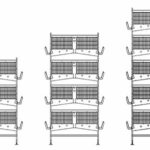


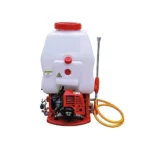
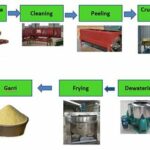
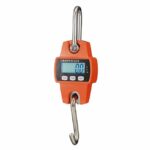
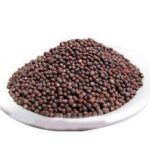







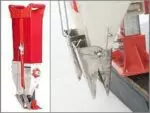

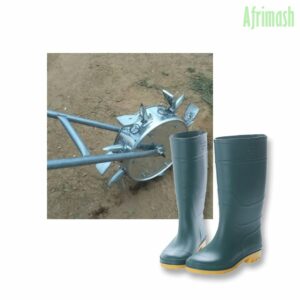
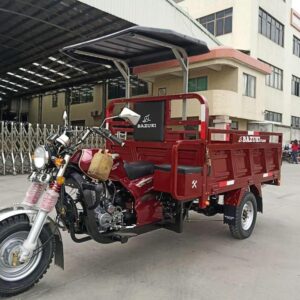
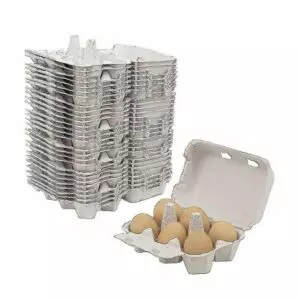

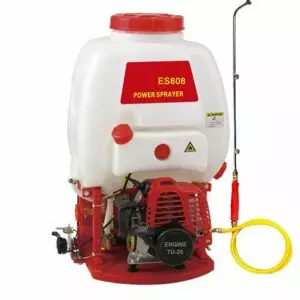
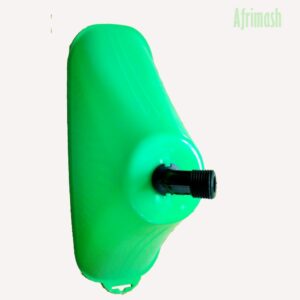
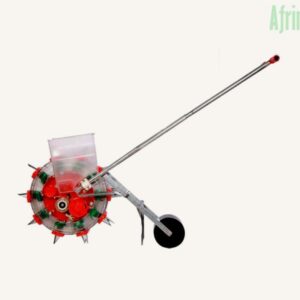
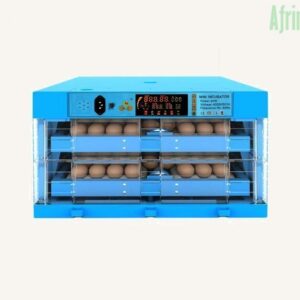
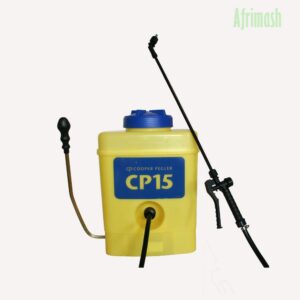

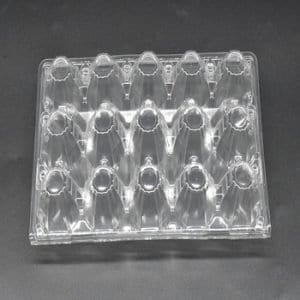
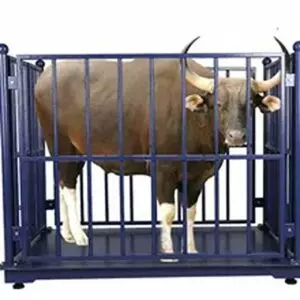
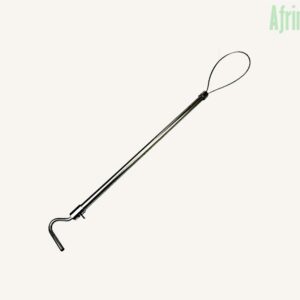
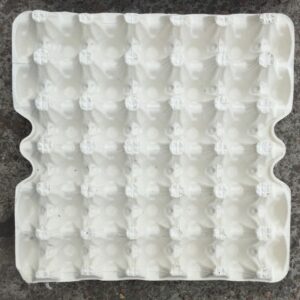

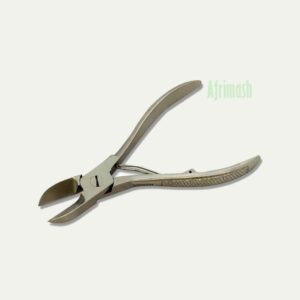
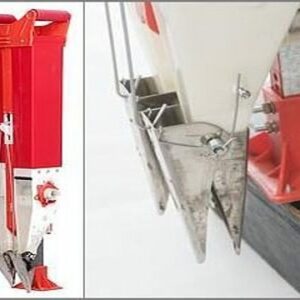
Reviews
Clear filtersThere are no reviews yet.